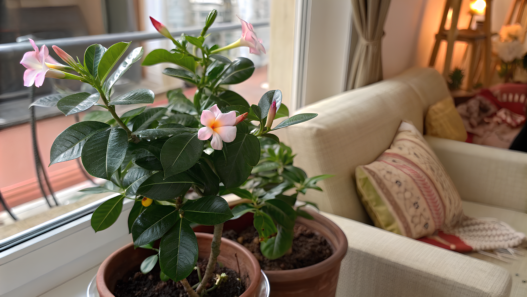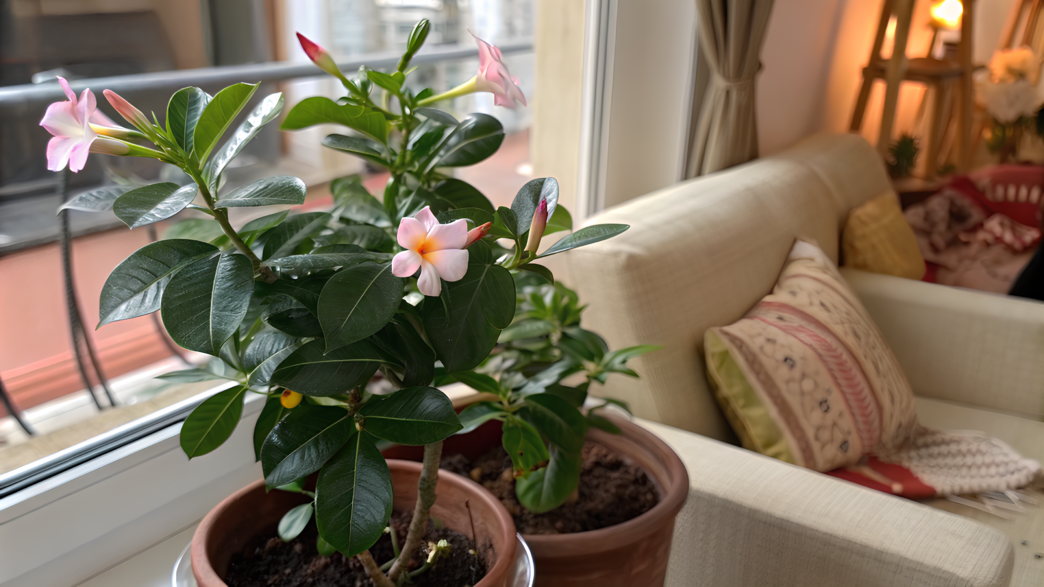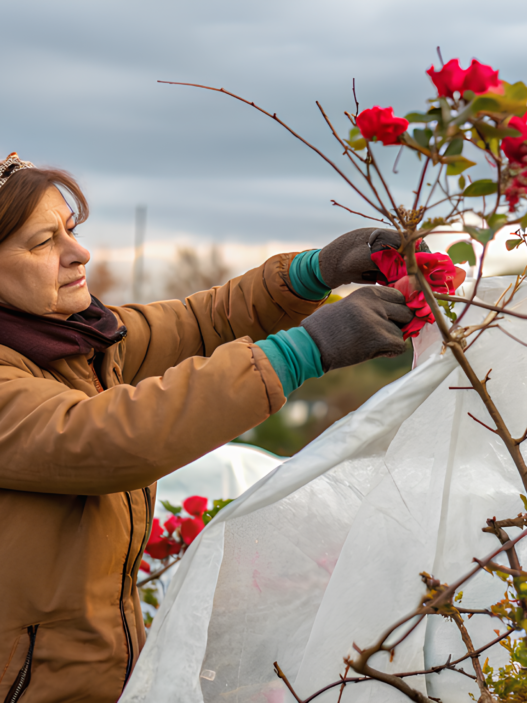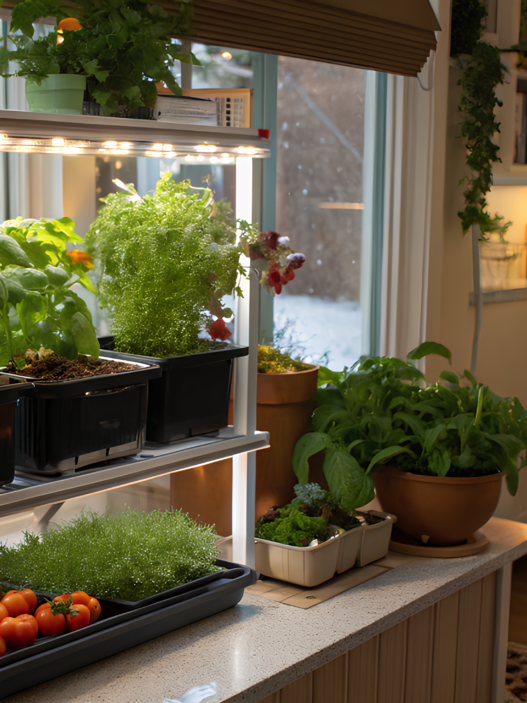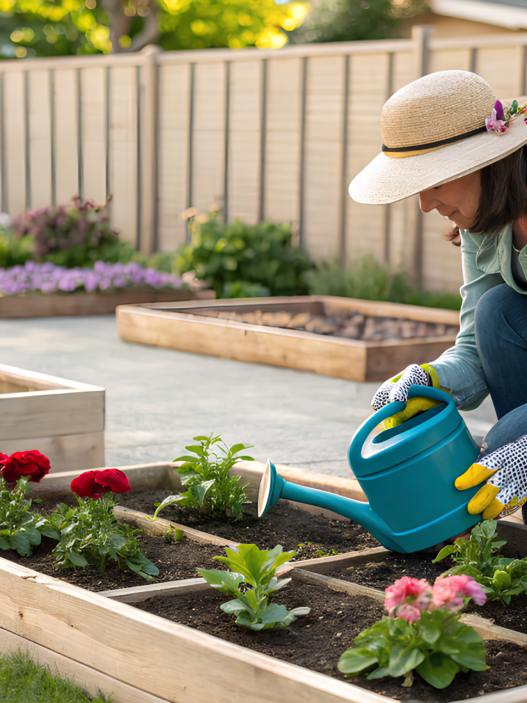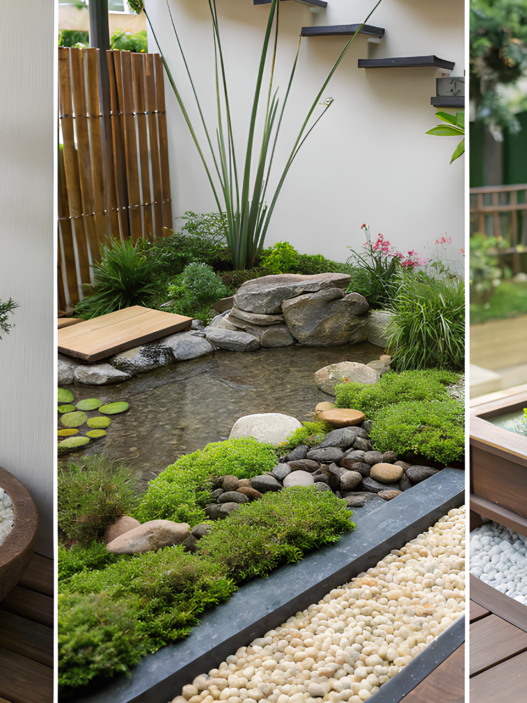You are not alone if you do not quite understand how to properly organize the dipladenia plant care in winter. It is known that this tropical plant can grow even at low temperatures, but still in the cold period it needs much more attention, otherwise the plant can suffer.
In this article I will try to share with you all the knowledge and experience to make your dipladenia survive and feel good in winter. We will look at all the key points of winter care of dipladenia plant. We will learn the basics about the tropical origins of this plant, as well as practical tips such as pruning and frost protection.
My experience will hopefully be of great help to you, whether you have dipladenia growing in a pot or outdoors.
Needs of dipladenia in winter
Dipladenia, or also called mandevilla, is a tropical plant that does not tolerate the cold well. It mostly grows in USDA zones 9-11, where frosts are rare. But if you live in a colder climate, preparing this plant for winter becomes especially important and should not be neglected.
Remember, dipladenia will begin to suffer if the temperature drops below 50°F (10°C). At this time you will need to apply the appropriate dipladenia plant care in winter measures.
1. Move the plant indoors

If your dipladenia is growing in a pot, it is preferable to move it indoors in winter. But before doing so, make sure that:
- There are no pests or signs of disease on the plant. Spider mites and aphids can enter the house and harm the plants.
- The leaves should be washed thoroughly with water and a mild soapy water solution to remove unwanted “passengers”.
It is advisable to place the plant near a window on the sunny side, where it will receive at least 6 hours of light per day. If you notice a lack of sunlight, then use phytolamps.
Tip. Keep the temperature in the room at 60-70°F (15-21°C) . This will greatly reduce the possibility of the plant becoming stressed.
2. Watering dipladenia plant
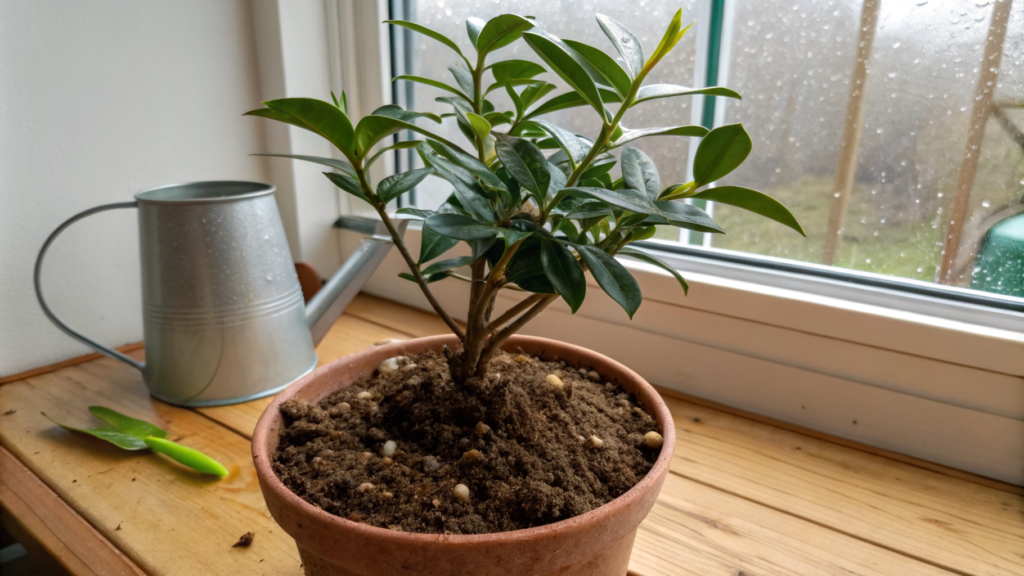
In the winter, dipladenia slows down its growth and goes into a semi-dormant state. This means that it does not need the same amount of water as in summer. During this period, you should not follow a regular watering schedule, just be guided by the condition of the soil.
Water only when the topsoil is dry to the touch and avoid overwatering. It is very destructive to the plant and can lead to root rot. Since the plant uses less moisture in winter, it is important to reduce the frequency of watering.
By the way, according to studies, overwatering is one of the main causes of death of indoor plants. If you wish, you can read this study on the water needs of plants.
3. Pruning Dipladenia: Essential Winter Care Tips
Every gardener knows that pruning plants stimulates healthy growth and prepares them for the new growing season. Winter is the perfect time to prune your dipladenia.
Remove any dry, damaged or yellowed leaves and shorten the long shoots so that the plant looks more compact and bushy. Make sure that all tools used are sharp and clean. This will help avoid the transmission of possible diseases.
Pruning not only improves the appearance of the plant, but will also reduce the energy required to maintain unnecessary foliage during the dormant period.
4. Winter Care for Dipladenia Plants: Tips for fertilization during the dormant period

Dipladenia does not need much nutrition during the cold season. Not only that, but excessive fertilization can even harm it. Therefore, simply use a balanced fertilizer in a low concentration about once every 4-6 weeks.
In case you prefer to use organics, a light compost fertilizer or an infusion of worm mulch will be a great option.
5. Protecting dipladenia outdoors

In regions where winters are very mild, dipladenia can stay outside, but even then it will still need protection from the cold.
Add a layer of mulch around the base of the plant. This will help insulate the roots and stabilize the soil temperature.
A frost shelter will come in handy on cold nights. Cover the plant with agrofiber or burlap to protect it from frost.
Also, installing windbreaks will help protect the plant from icy gusts of wind, and it will save the leaves from drying out.
These measures will help keep dipladenia viable during the winter season.
Auxiliary products for dipladenia plant care in winter
- Phytolights. LED Grow Light – indispensable for maintaining light levels indoors.
- Secateurs. Fiskars Garden Shears – sharp and handy for precise cuts.
- Neem Oil Spray. Organic Neem Oil – a natural pest repellent.
- Frost protection material. Plant Frost Blanket – does a good job of protecting plants outdoors.
Personal observation
Although I already have a decent amount of gardening experience, I almost lost my dipladenia last winter. I simply underestimated how quickly the air temperature can drop at night. But he who does nothing is never wrong! That experience was a lesson learned for me.
Now I always have a stock of covering material and I very carefully follow the weather forecast. I think that you too, even with a little preparation, will be able to create the right conditions for wintering this beautiful tropical plant.
And how is your dipladenia? Have you tried any of these dipladenia plant care in winter tips?
Share your stories or ask questions in the comments.
I’ll be interested to hear how you take care of your plants in the winter.
